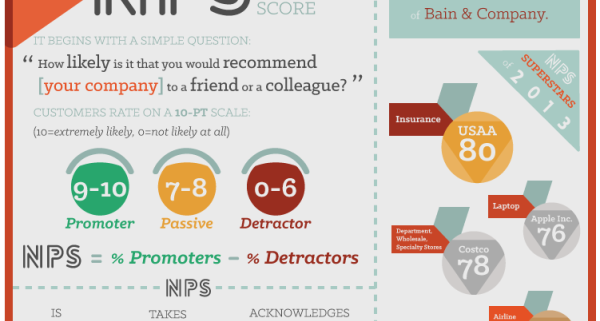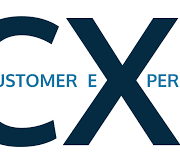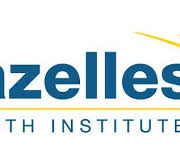Measuring Customer Experience with Net Promoter Score
When you have a bad experience with a company, what’s the first thing you do? If you’re like a lot of consumers, you probably tell your friends and family about it.
This scenario can be a nightmare for a company if it happens with a large number of customers on a frequent basis. But the good news is that by taking the time to understand customers, those negative reviews can be turned into positive ones. That’s where Net Promoter Score (NPS®) comes in.
What is NPS?
Developed in 2003 by Bain & Company’s Fred Reichheld, NPS is used to measure, understand, and track customer experience. It is based on one simple question:
What is the likelihood that you would recommend Company X to a friend or colleague?
Respondents are asked to rank their likelihood to recommend on a scale of 0-10, with 0 being the least likely to recommend and 10 being the most likely. Respondents are then placed into one of three categories:
- Promoters (9 or 10): These customers keep coming back to your product or service and refer their friends.
- Passives (7 or 8): This group was satisfied with their experience, but they may easily switch to competing companies and are not likely to recommend.
- Detractors (6 or below): Customers in this group had an unpleasant experience with your company and may voice their dissatisfaction to others.
To calculate NPS, you simply subtract the percentage of customers that are detractors from the percentage of promoters. According to Reichheld, an NPS of more than 50 is considered excellent, and world-class companies score between 75-80 percent.
Why is it important?
Although NPS does not measure how many people will actually go out and recommend or criticize your product, service, or brand, it gives companies an understanding of how customers feel about them. And since word-of-mouth recommendations continue to be the most effective form of advertising when it comes to driving sales, knowing if customers might be willing to promote your company can be extremely valuable.1 Plus, in 11 of the 14 case studies that Bain has compiled on NPS, likelihood to recommend proved to be the most powerful predictor of repurchases and referrals.2
Another reason why I recommend using NPS is its simplicity. While many of the metrics used in market research are often complex, NPS provides a quick snapshot of customer experience in a form that almost anyone can understand. A low NPS can alert a company that it needs to put more effort into improving its customer experience, while a high score can serve as evidence of a successful customer-centric business strategy. It is also measurable over time, so companies can use it to easily track their progress from one year to the next.
How We’ve Used it:
In a recent study for a leading power tool manufacturing company, we asked current customers if they would recommend this company to their friends and colleagues. We found that this company had an NPS of 80 percent, putting it in the same category as some of the world’s top companies.
Using NPS allowed us to provide the company with a benchmark report of how their current customer experience efforts were performing. Combined with additional other research, we were able to consult with them on how to maintain this level of success and continue growing.
_________________________________________________________________________________
Are you ready to turn your customers into loyal brand advocates? Contact us to learn more about our customer experience research capabilities and expertise.
_________________________________________________________________________________
Sources:
[1] Under the Influence: Consumer Trust in Advertising, Nielsen, 2013
[2] Net Promoter SystemSM, Bain & Company, 2013











